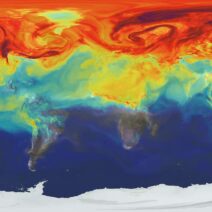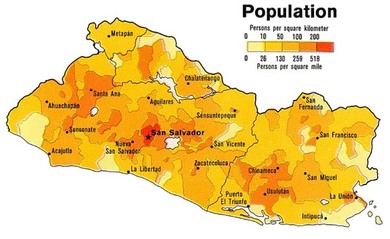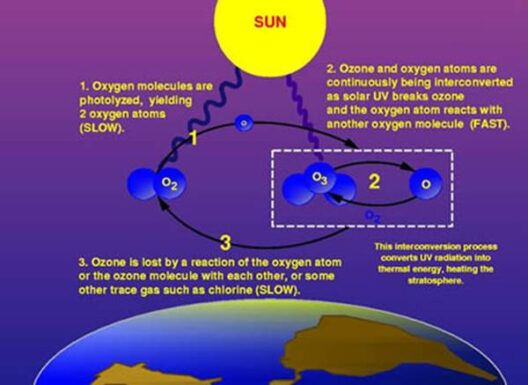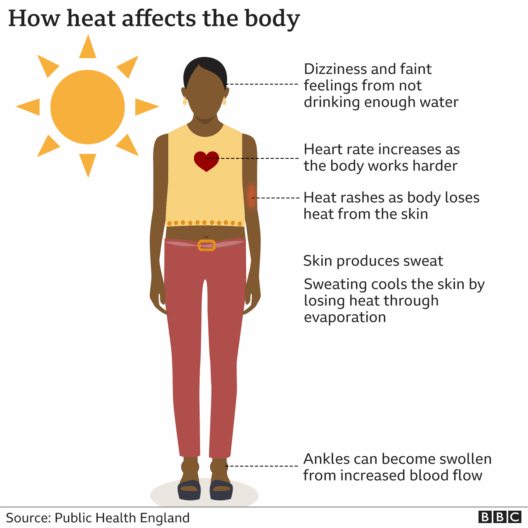El Salvador, a jewel nestled within Central America, displays a climate that dances between the scorching embrace of tropical heat and the nourishing caress of rainy seasons. This small yet vibrant nation is a living tapestry of diverse ecosystems, shaped by the interplay of temperature and precipitation. To understand El Salvador’s climate is to peel back layers of nature’s artistry, revealing how heat and humidity intertwine to influence life itself.
At the core of El Salvador’s climate is its tropical character, born from its close proximity to the equator. This geography gifts the land with a persistent warmth, characterized by daytime temperatures that often reach or exceed 90°F (32°C). The heat is not merely a blanket; it is a relentless force that fuels the bountiful landscapes. The sun hangs high in the sky, casting its golden rays over lush valleys and volcanic peaks, igniting the flora with vivid greens and vibrant hues. The natural environment flourishes under this warmth, as if every blade of grass and every blossom rejoices in the embrace of sunlight.
However, El Salvador is not a mere static entity; it is a land embracing two distinct rhythms—the dry season and the rainy season. The dry season, extending from November to April, is emblematic of a parched landscape. During these months, the verdant earth conserves its resources, and the air becomes dry and crisp. Rivers shrink, and the vibrant colors of the landscape mute under the sun’s unwavering glare. It is a season where life adopts resilience, adapting to the austere conditions by drawing sustenance from deeply rooted systems. Farmers, attuned to the cycles of nature, prepare for the drought, their hands working the soil to optimize every drop of precious water.
Then comes the rainy season, an immaculate transformation that commences around May and lingers until October. The heavens open, inundating the earth with abundant rainfall that feeds the thirsty soil. This period is akin to nature’s symphony, where the arrhythmic drum of raindrops creates a palpable atmosphere of renewal and growth. The mountains come alive, their slopes adorned with a vivid tapestry of colors as flowers bloom and fruits ripen. Rivers swell, and waterfalls cascade with fervor, a testament to the land’s capacity to rejuvenate amid adversity.
During the rainy season, the climate shifts dramatically—temperatures often drop slightly, providing a reprieve from the sweltering heat. The humidity, however, intensifies, transforming the air into a palpable essence that binds life together. The lushness of the landscape is intoxicating, an invitation for adventurers and naturalists alike. The cacophony of life resonates through the rain-soaked foliage, as creatures stir from their slumber, vibrant in their quest for survival. The interaction between rain and heat fosters a rich biodiversity, where each organism finds its place within the delicate balance of the ecosystem.
Geographically speaking, El Salvador’s climate is diverse, influenced by varying altitudes and geographic features. The coastal plains experience higher temperatures and humidity compared to the cooler highland regions. The contrast between the scorching Pacific coastline and the temperate interior mountains creates microclimates that flourish uniquely. In the highlands, coffee plantations thrive, basking in the cooler temperatures, while the heat of the lower valleys gives rise to crops such as sugarcane and corn, essential to the country’s agriculture.
The volcanic landscape, with its array of volcanic soils, enriches the land with nutrients, fostering agricultural productivity. Yet, this geographical dynamism is fraught with challenges. Climate change introduces erratic weather patterns, rendering the once predictable cycles less reliable. Droughts become more common, and heavy downpours can lead to flooding, threatening both livelihoods and ecosystems. The subtle interplay of heat and rain, once a harmonious duet, faces discord as extreme weather phenomena disrupt the rhythm of life.
Despite these challenges, the spirit of El Salvador remains resilient. Agricultural communities adapt their practices, employing sustainable methods that coexist with the temperamental climate. Reforestation initiatives and eco-friendly farming illustrate the commitment to restoring balance, ensuring that both people and nature thrive together. Innovation and tradition forge a future where harmony with the climate reigns supreme.
The culture of El Salvador is intricately woven with its climatic characteristics. Festivals celebrate the abundance of tropical fruits and the vivid landscapes. Gastronomy reflects this bounty, with dishes featuring fresh produce harvested from the fertile soil and enhanced by the country’s rich culinary heritage. The tropics of El Salvador imbue life with vibrancy, making every meal a celebration of nature’s generosity.
In summary, El Salvador’s climate is a complex interplay of tropical heat and seasonal rains, where nature reveals both its beauty and its rebellious spirit. This land, marked by its dualities, is a testament to resilience amidst challenges posed by climate change. By appreciating the delicate balance of its ecosystems, there lies an opportunity to forge a sustainable future—one where the rhythms of rain and sun continue to inspire, nurture, and sustain the vibrant life of this enchanting nation.








